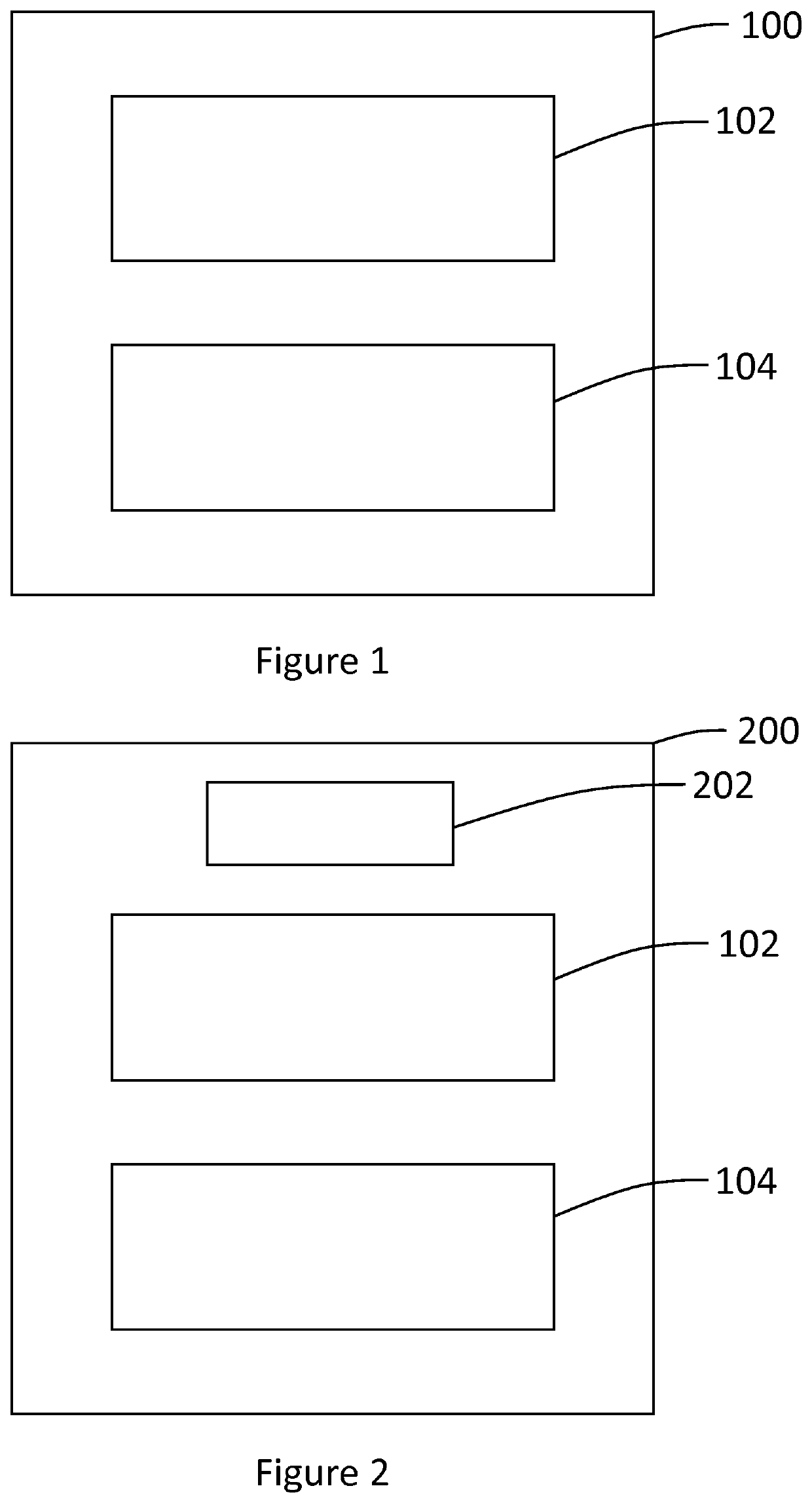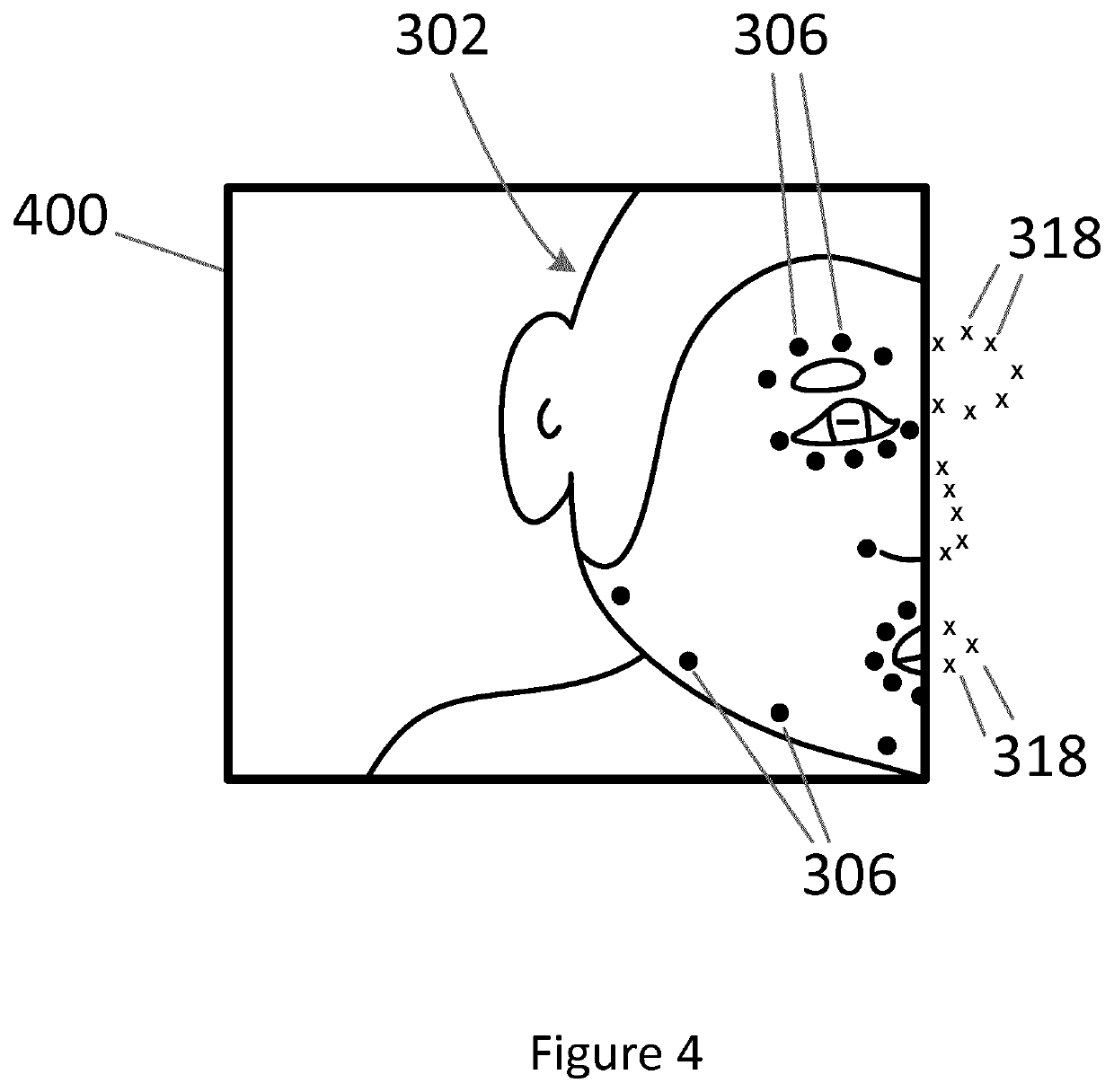Tracking a head of a subject
a technology for tracking a head and a subject, which is applied in the field of tracking a head of a subject, can solve the problems of difficult tracking of a head of a person performing a personal care activity, and the inability of the device that relies on accurate tracking data to provide reliable guidance to the user, so as to increase the confidence level of the position
- Summary
- Abstract
- Description
- Claims
- Application Information
AI Technical Summary
Benefits of technology
Problems solved by technology
Method used
Image
Examples
Embodiment Construction
[0035]Amongst other purposes, the invention may, in some examples, be used to improve tracking of a user, or a portion thereof, using an imaging device while performing a personal care activity. For example, the invention may be implemented when performing personal care activities including, but not limited to make-up application, make-up removal, skin care, hair care, oral care and hair removal activities, such as shaving, epilating, trimming and skin sensing.
[0036]When performing a personal care activity, such as shaving, a user may use a guidance system to provide guidance. Such a guidance system may include a camera associated with or coupled to a computing device, such as a smart mirror or a tablet computer. As a user performs the shaving activity in front of the camera, the guidance system may provide guidance to the user, for example in the form of a guidance indicator to be displayed on a display screen associated with the device (for example, on the screen of a smart mirror...
PUM
 Login to View More
Login to View More Abstract
Description
Claims
Application Information
 Login to View More
Login to View More - R&D
- Intellectual Property
- Life Sciences
- Materials
- Tech Scout
- Unparalleled Data Quality
- Higher Quality Content
- 60% Fewer Hallucinations
Browse by: Latest US Patents, China's latest patents, Technical Efficacy Thesaurus, Application Domain, Technology Topic, Popular Technical Reports.
© 2025 PatSnap. All rights reserved.Legal|Privacy policy|Modern Slavery Act Transparency Statement|Sitemap|About US| Contact US: help@patsnap.com



